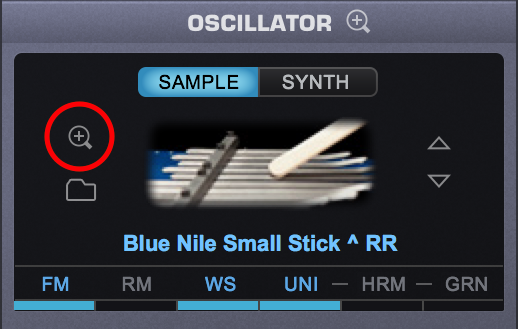

Perceived locations were interchanged often in their temporal order (in ∼40% of trials). When participants perceived two sounds, the first and the second response were directed to either of the leading and lagging source locations. For longer delays, responses were again directed toward a weighted average. Increasing spatial separation enhanced this effect.

For short delays, responses were directed toward the leading stimulus location. Whenever participants heard one sound, their localization responses for synchronous sounds were oriented to a weighted average of both source locations. Leading and lagging stimuli in close spatial proximity required longer stimulus delays to be perceptually separated than those further apart. Results suggest that perceptual fusion of the two sounds depends on delay and spatial separation.

Participants indicated how many sounds were heard and where these were perceived by making one or two head-orienting localization responses. We examined the effects of spatial separation and interstimulus delay on the ability of human listeners to localize a pair of broadband sounds in the horizontal plane. To program a goal-directed response in the presence of acoustic reflections, the audio-motor system should suppress the detection of time-delayed sources.


 0 kommentar(er)
0 kommentar(er)
